Akira Isogawa: Japanese Australian legend
Japan is famous and attractive not only to Italy’s eyes but also worldwide and Akira Isogawa’s work is an example. With the opening of Japan to the world, Japanese people have travelled and moved to different countries. Akira Isogawa is now Australia’s most famous Japanese resident.

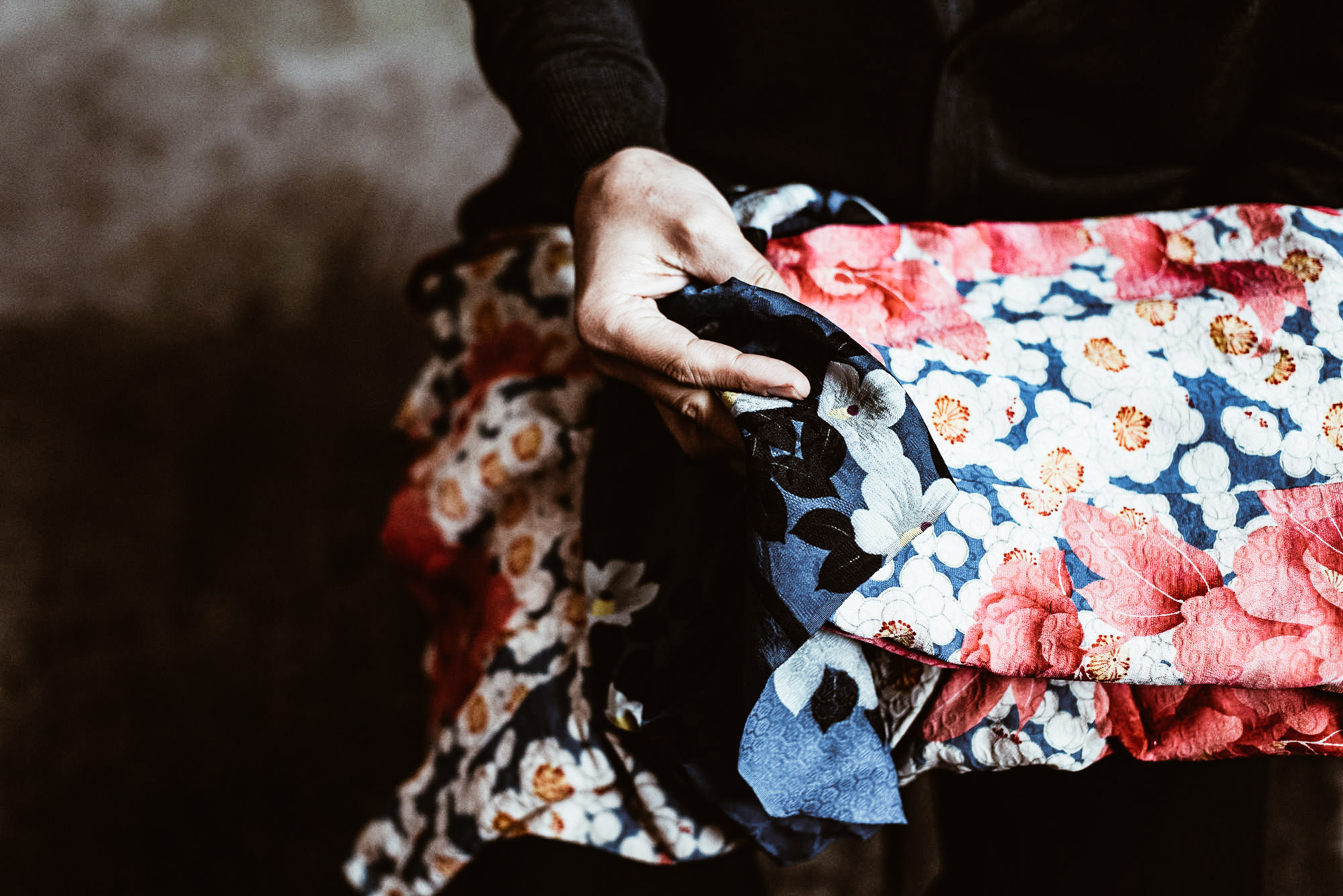
Who is Akira Isogawa
Born in Kyoto, Japan in 1964, he emigrated to Australia in 1986 and he is now one of the most famous Fashion Designer in the land down under. He studied fashion at the East Sydney Technical College drawing inspiration from contemporary Japanese design. By the late 1990s, he was known internationally together with his womenswear label Akira. His clothes appear under his own label and are sold in Australia and New Zealand, and 10 other countries. As of now, he is one of the few Australian designers to exhibit and sell his clothing in Paris.
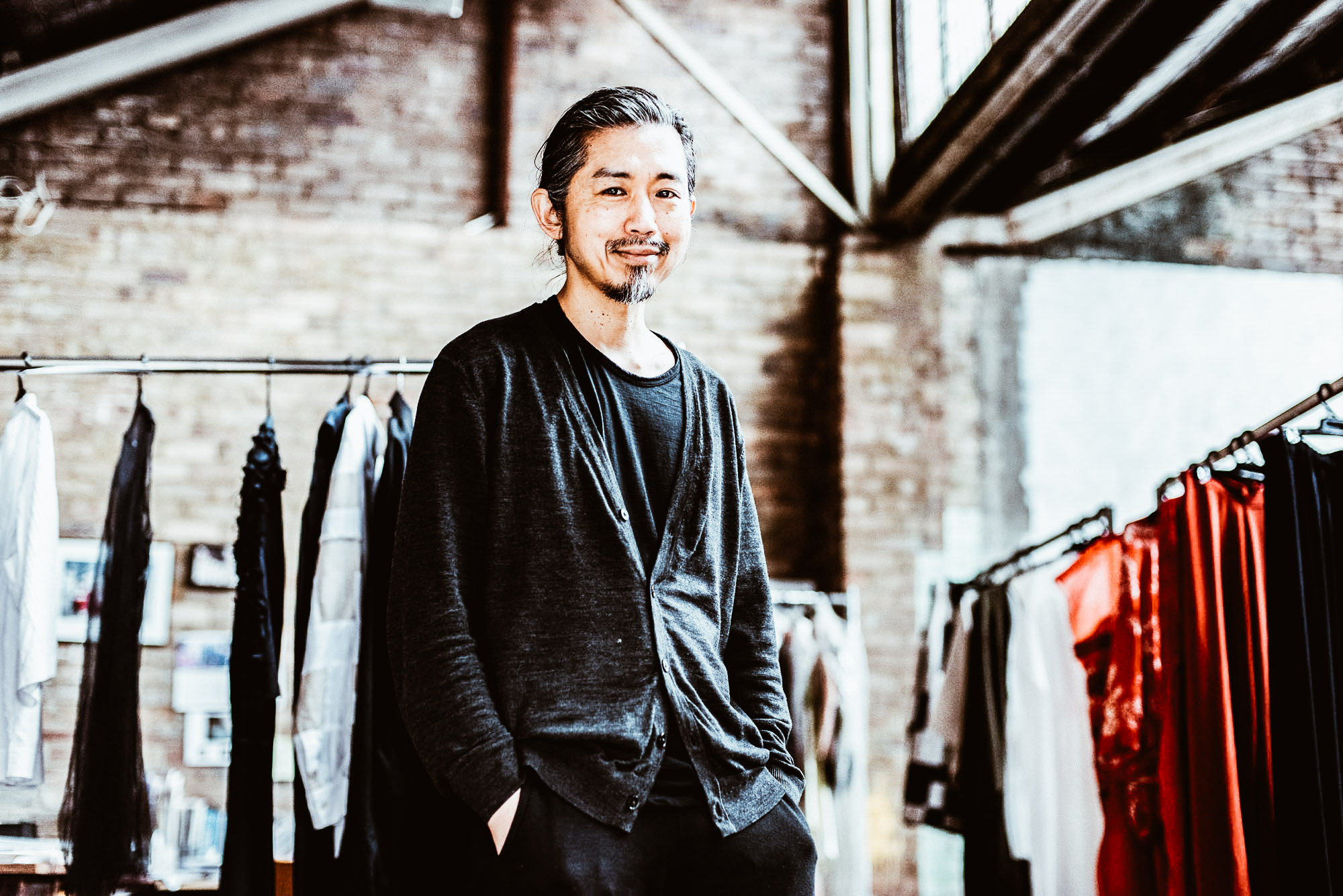
The Australian Legend
In 2005, caught by surprise, he became an “Australian Legend” and he was invited to appear on a commemorative postage stamp. This honor is just one of the many awards received by Isogawa for his achievements in over 25 years of career
He told The Japan times “To be honest, I had no idea that Australia Post was so progressive and innovative in their marketing,” he says, laughing. “I thought you had to be dead to appear on a postage stamp, let alone working actively in your field. I still have so much yet to do!”
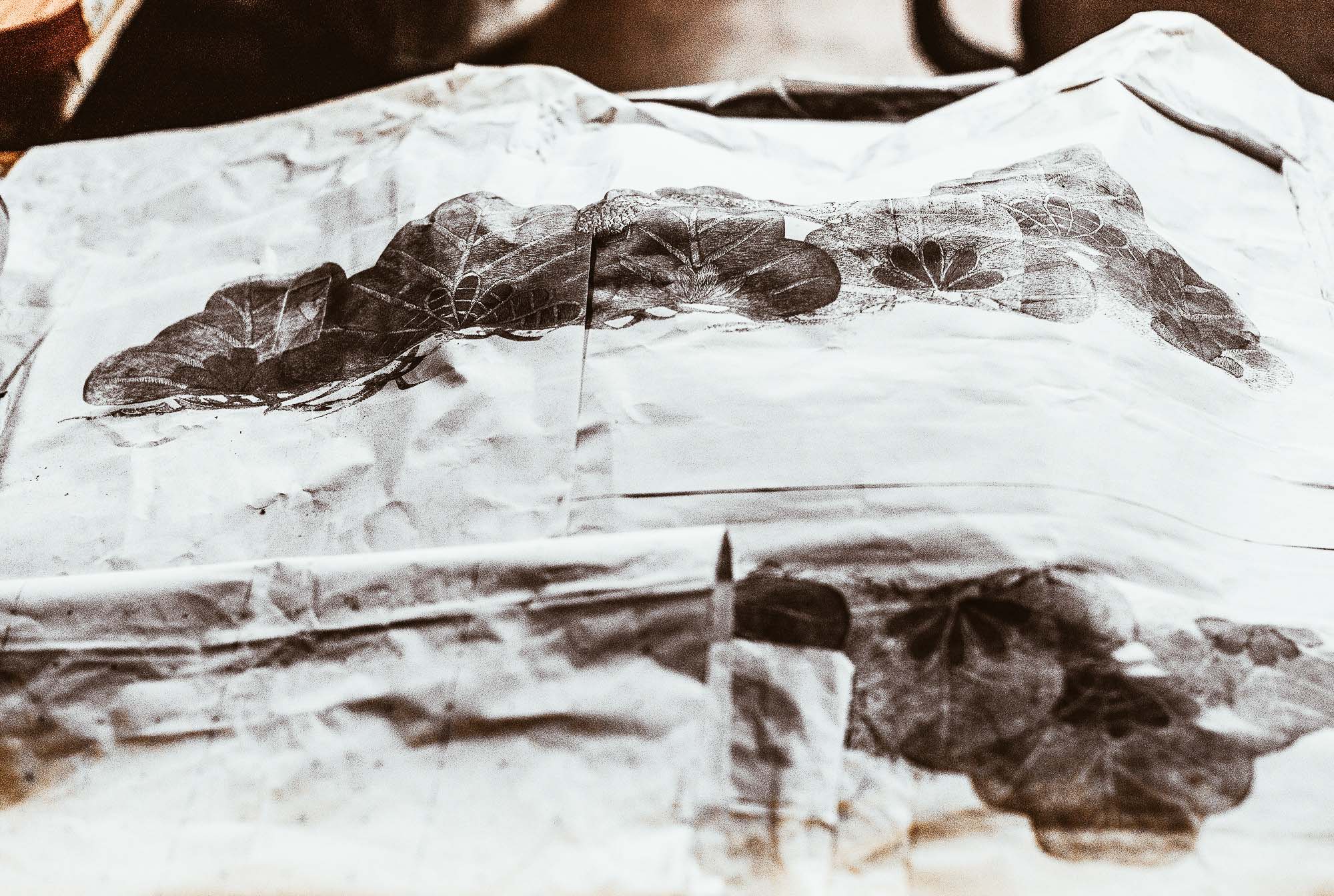
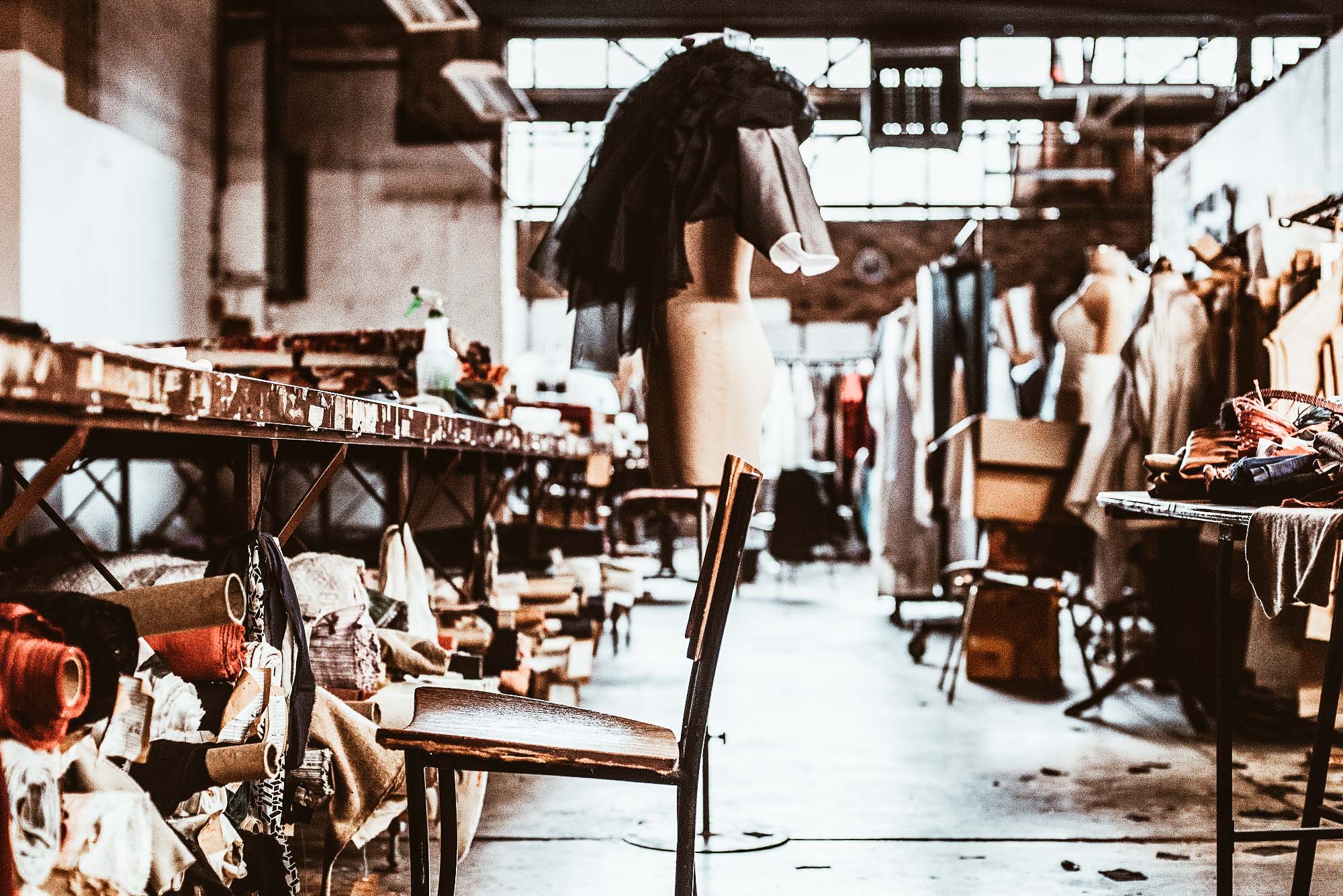
Life in Australia
Australia and its fashion scene have embraced Akira Isogawa as one of their own. He feels very closed to his adoptive home, also thanks to a maternal cousin living in the New South Wales town of Mittagong.
The government launched a Working Holiday visa program that gave Isogawa the chance to realize his ambitions of studying and working in fashion.
Arrived in Australia in the mid-80s and having some difficulties in the first weeks of his stay, things got better after the city’s groundbreaking RAT (Recreational Arts Team) dance parties were born. Here Isogawa could connect with like-minded people and let his talent flourish.
After enrolling in a fashion course at the East Sydney Technical College, he opened his first shop using all his savings.
“Sydney is my base,” Isogawa says. “Growing up in Kyoto, I always felt as if I belonged elsewhere. I don’t think I can behave ‘typically’ Japanese and follow societal rules. I understand how such rules are necessary and help Japan to function as efficiently as it does. But I’m a rule breaker, and that’s permitted here in Australia. It’s a real relief.”
However, everyone always misses the homeland. Akira Isogawa too admits a nostalgic longing for the tranquil Kyoto of his childhood. He refers to the Japanese art of “reading the air,” where things are understood, but not necessarily said.

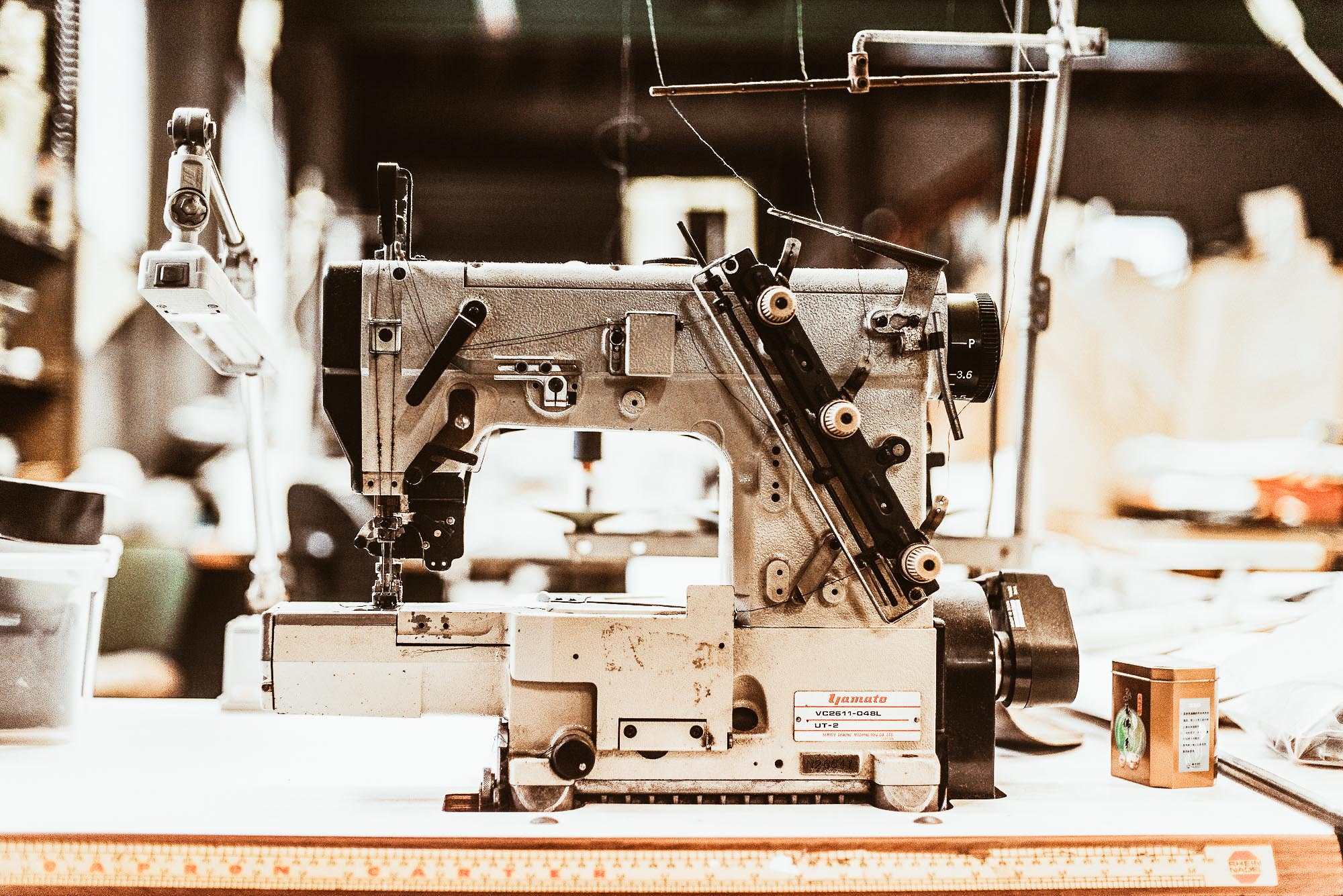
The 1990s
However, it’s in the 90s that Isogawa’s work and his label Akira exploded and was known all over the world. After his debut show during Mercedes Benz Fashion Week Australia in 1996, this now became a regular outlet for his work, but not only. In fact, these runways were just the beginning and he landed a spot in Paris fashion shows. Here he caught Joan Burstein’s eye, the international fashion buyer who helped launch names such as Alexander McQueen and John Galliano in the U.K.
Another pivotal moment was Naomi Campbell wearing Akira’s kimono-inspired dress on the cover of Vogue Australia in 1997.
“That cover was a turning point in my career; it can’t be understated. It was amazing,” reminisces Isogawa. “I’m also very grateful to the media, everyone who supported me. But at the same time, it was so stressful. I couldn’t handle everything and ended up with a receptionist, among 25 other full-time staff.”

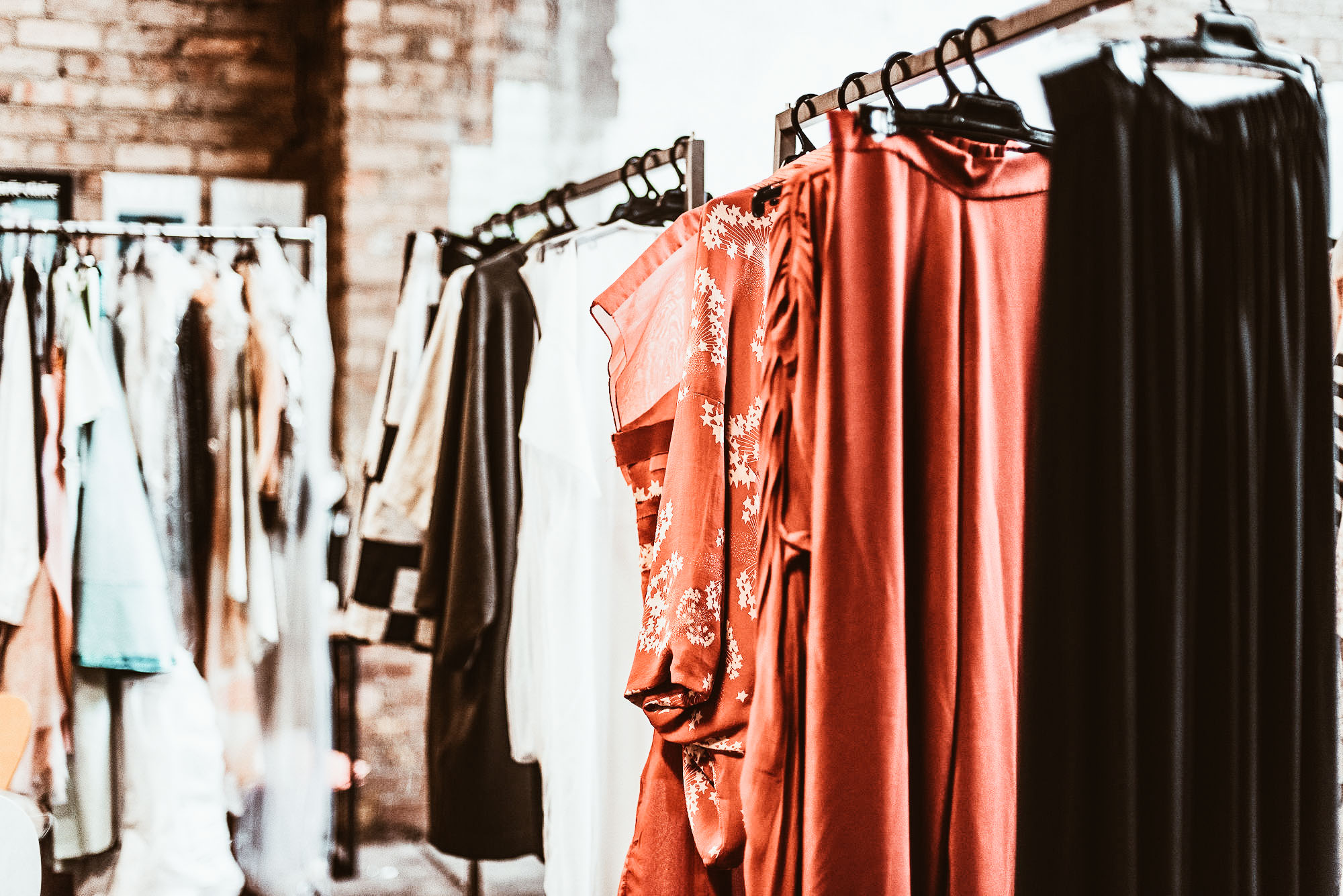
After the Fashion Madness
In 2004, he met with CEO of Australian Wool Innovation and Isogawa became the ambassador for Australian Wool. The institute was looking for a designer who could update wool’s image so in 2005, Akira Isogawa created a new kind of fabric. A featherweight, fine wool gauze inspired by silk georgette.
“I wanted (the textile) to be light. I wanted wool to be reinterpreted as transeasonal,” he says. “The wool gauze is quite fragile, beautifully soft and 100 percent Australian merino. I still have it in stock.”
Akira Isogawa Today
Now that life is a little bit calmer, Isogawa is free to explore new visions and different outlets for his work. In fact, we can see him collaborating on artistic projects, such as costume design for the Sydney Dance Company.
The Akira womenswear brand is famous for mixing elements of East and West in both terms of textiles, techniques and design. The freedom afforded to Akira’s work and life as an Australian immigrant helped him develop his own personal style.
As a firm believer in slow and sustainable fashion, Akira Isogawa’s garments transcend time, oblivious to trends, and they are to be worn again and again.
Source: japantimes.co.jp
Photos: japantimes.co.jp
Share this:
- Click to share on Facebook (Opens in new window)
- Click to share on Twitter (Opens in new window)
- Click to share on Tumblr (Opens in new window)
- Click to share on Pinterest (Opens in new window)
- Click to share on Telegram (Opens in new window)
- Click to share on WhatsApp (Opens in new window)
- Click to share on Reddit (Opens in new window)
- Click to print (Opens in new window)






